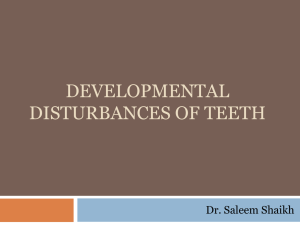Chapter 05 Medical Terminology
advertisement
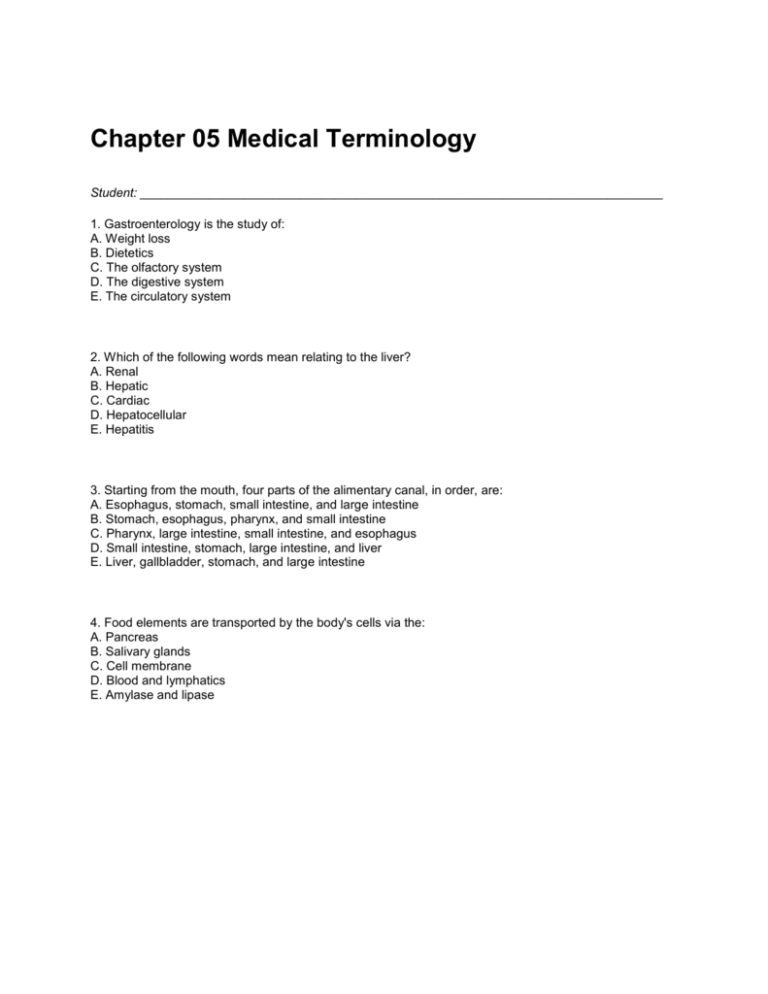
Chapter 05 Medical Terminology Student: ___________________________________________________________________________ 1. Gastroenterology is the study of: A. Weight loss B. Dietetics C. The olfactory system D. The digestive system E. The circulatory system 2. Which of the following words mean relating to the liver? A. Renal B. Hepatic C. Cardiac D. Hepatocellular E. Hepatitis 3. Starting from the mouth, four parts of the alimentary canal, in order, are: A. Esophagus, stomach, small intestine, and large intestine B. Stomach, esophagus, pharynx, and small intestine C. Pharynx, large intestine, small intestine, and esophagus D. Small intestine, stomach, large intestine, and liver E. Liver, gallbladder, stomach, and large intestine 4. Food elements are transported by the body's cells via the: A. Pancreas B. Salivary glands C. Cell membrane D. Blood and lymphatics E. Amylase and lipase 5. Which of the following words means treatment of obesity? A. Alimentary B. Bariatric C. Mastication D. Elimination E. Deglutition 6. Professionals who prevent and treat illness by promoting healthy eating habits are called: ________________________________________ 7. Which organ is NOT considered an organ of the alimentary canal? A. Mouth B. Pharynx C. Gallbladder D. Esophagus E. Stomach 8. The alimentary canal and accessory organs are a(n): A. organelle B. cell C. tissue D. organ E. system 9. The small and large intestines are part of the ______________ system. ________________________________________ 10. Which of the following words, meaning the tube linking the pharynx and the stomach, is correctly spelled? A. Esofagus B. Esophagis C. Easofagis D. Easophages E. Esophagus 11. Which of the following words means pertaining to the digestive tract as a whole? A. Alimentary B. Esophageal C. Gastric D. Intestinal E. Segmental 12. Masticate means to: A. Bite B. Chew C. Swallow D. Digest E. Eliminate 13. A synonym for swallowing is: A. Deglutition B. Bolus C. Regurgitation D. Emesis E. Reflux 14. The Roux-en-Y procedure is used to treat: A. Glossodynia B. Obesity C. Dysphagia D. Hiatal hernia E. Esophageal varices 15. The correct term for removal of waste products is: A. Deglutition B. Mastication C. Elimination D. Secretion E. Absorption 16. The suffix in defecation means: A. Away from B. Process C. Pertaining to D. A condition E. Resembling 17. The word for any small projection is __________, and its plural is ___________. A. Palate; palates B. Papila; papillas C. Papilla; papillae D. Plaque; plaques E. Pulp; pulpes 18. The normal adult has _________ teeth. A. 16 B. 24 C. 28 D. 32 E. 38 19. The roof of the mouth is called the ________________. ________________________________________ 20. The layers of a tooth, from hardest to softest are: A. Dentin, enamel, and pulp B. Enamel, dentin, and pulp C. Enamel, pulp, and dentin D. Dentin, pulp, and enamel E. Pulp, dentin, and enamel 21. An incisor is a(n): A. Tooth with one point B. Tooth with two points C. Tooth for grinding food D. Underdeveloped tooth E. Chisel-shaped tooth 22. The __________ moves food around your mouth and helps the cheeks, lips, and gums hold the food in place while you chew it. ________________________________________ 23. The word chyme means: A. a digestive enzyme B. a semifluid, partially digested food C. a sticky secretion of mucous membranes D. acid indigestion E. an inflammation of the lining of the stomach 24. Which of the following is a condition involving the gums? A. Esophageal B. Laparoscopic C. Gingivitis D. Dental calculus E. Glossodynia 25. Which word with a prefix, root, and suffix pertains to under the tongue? A. Parotid B. Salivary C. Enteric D. Sublingual E. Submandibular 26. Read this selection: A patient has Sjögren Syndrome, an autoimmune disease that affects the salivary glands, stopping production of saliva. This leads to dry mouth, difficulty swallowing, and increased bacterial activity in the mouth, causing gingivitis. Which of the following statements best describes a patient with this syndrome? A. Inflammation is not a complication B. The parotid and sublingual glands continue to function normally C. Dysphagia occurs D. The submandibular glands secrete excessively E. Digestion of starch with amylase leads to excessive growth of bacteria 27. Which of the following words has a prefix meaning two? A. Triglyceride B. Bicuspid C. Monosaccharide D. Periodontal E. Polysaccharide 28. Which of the following words end in a suffix meaning enzyme? A. Bolus B. Peristalsis C. Secretion D. Lipase E. Buccinators 29. Which word with a prefix, root, and suffix refers to a condition involving tissue around a tooth? A. Gingival B. Submandibular C. Periodontitis D. Leukoplakia E. Hematemesis 30. Read this selection: Glossodynia is a painful burning sensation of the tongue. It occurs in postmenopausal women. Its etiology is unknown, and there is no successful treatment. Which of the following statements best describes this condition? A. It occurs during the childbearing period. B. Its cause is well understood. C. It is a complication of viral infections. D. It's seen in older women. E. Antibiotics will clear it up. 31. Which of the following words has a prefix meaning white? A. Periodontics B. Hematemesis C. Cyanotic D. Xanthochromic E. Leukoplakia 32. The word halitosis means: A. Painful, burning tongue B. Bad odor of the breath C. Infection with Candida albicans D. Bacterial destruction of teeth E. Patch of abnormal tissue 33. The word meaning bacterial destruction of teeth is: A. Thrush B. Plaque C. Caries D. Canker E. Colonic


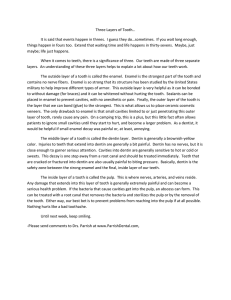


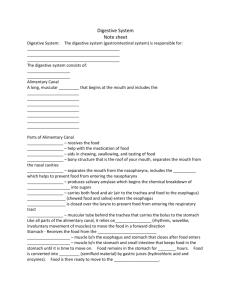
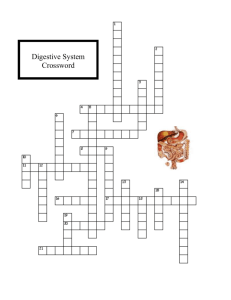


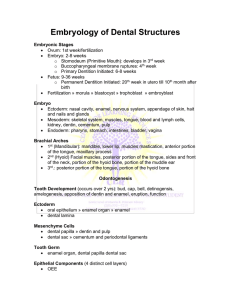

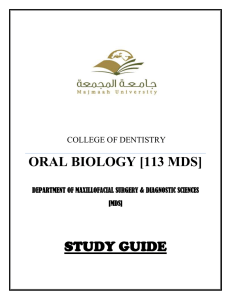
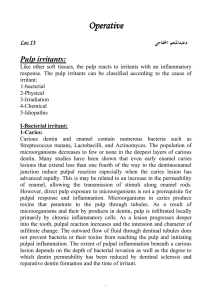
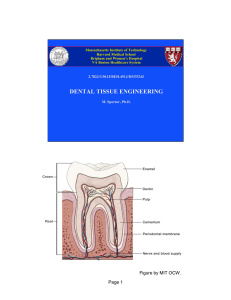
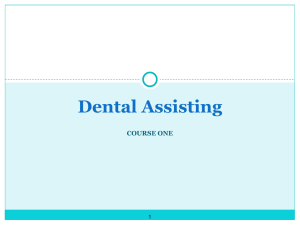
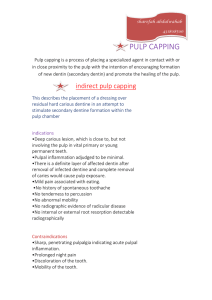
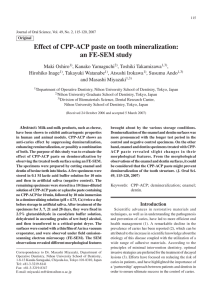
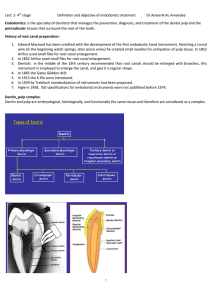
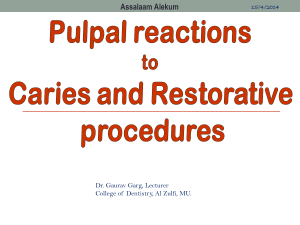
![vital pulp therapy [ppt]](http://s3.studylib.net/store/data/009517661_1-a2d934a6bd343faa68787d003b068efd-300x300.png)
